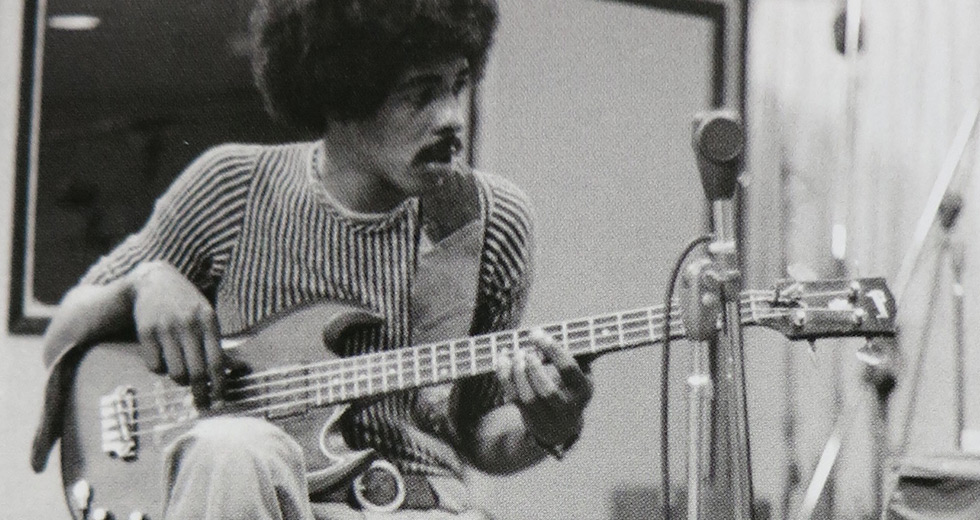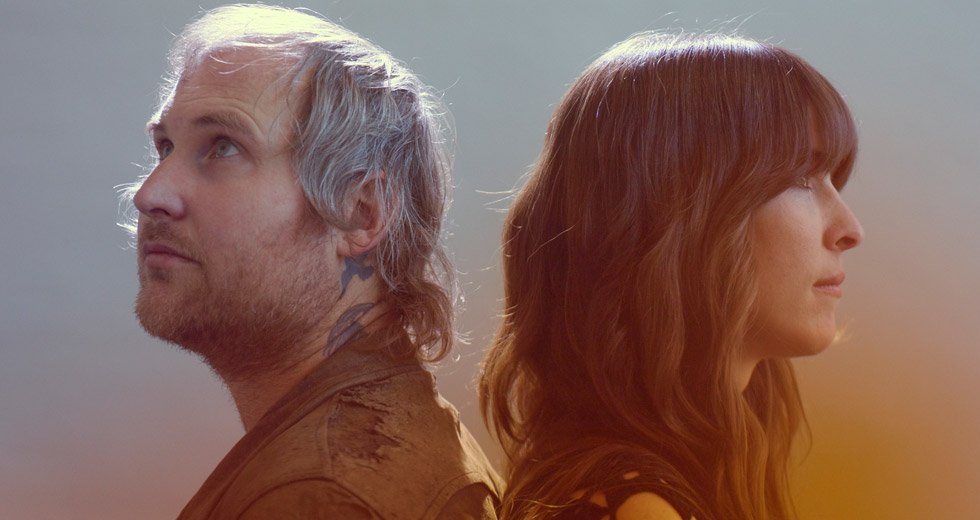Key Tracks: Wolfgang Voigt on “Gelb 1”
The name Wolfgang Voigt is synonymous with minimal techno. Under a variety of guises, the head of Cologne’s Kompakt empire spent the middle of the ’90s rebuilding the genre from the ground up, seeking to make the funkiest music with the fewest elements. His research findings were soon taken up by a number of artists and producers like Richie Hawtin and Ricardo Villalobos, and the sound of minimal techno came to be one of dance music’s most popular sub-genres. In celebration of Kompakt’s 20th year, we revisit Voigt’s lecture at the 2008 Academy below to find out more about the birth of minimal techno.

“Gelb 1” is from 1996, a very interesting and inspiring time. Techno was the big thing in the mid-’90s and all kinds of people from other cultures – rock culture, independent culture, even from the art scene – came into techno because they felt inspired. It was a great moment, because interesting people and interesting inspiration came in. Techno got popular – and pop – in a good way. When [“Gelb 1”] came up it was one of the very early examples of making techno really minimal. Techno was very hard, and it was already communicated as some kind of minimal and very simple music – but it was not minimal in this way.
The idea was try to invent a music that had as little variation as possible. To strip it down to the bass drum and rebuild the whole architecture of techno. There were no names, no sleeves, no titles for the tracks. It was the maximum and the minimum at the same time. And it was, of course, a certain kind of aesthetic, which was very strong and tough, which also has something to do with very minimal architecture. So, at this point, the glamorous side of this music, the popular side, which makes people dance in clubs and, let’s say, the more intellectual arty side came together. That was an interesting thing at this time.

The idea was try to invent a music that had as little variation as possible.
Most techno is working very basically, without any vocals, without any information, just sound. Little noises and structures. These tracks were meant to be as pure as possible. As radical as possible. In the mid-’90s techno was getting louder, harder, faster, bigger and even less transparent. So the idea was not to use more than three ingredients. Just one hi-hat, one clap, one sound, nothing more. If there was a fourth element, then you’ve done something wrong. My idea was to find something like the beautiful art of nothing, or the art of leaving out, if you understand. To explain a story, a full story, with nearly no elements. The interesting thing was to make this music funky and working and danceable with what you have not said in your music.
An idea we had at this time was to leave out a certain kind of hysteric energy of the dancefloor. To make funkiness more mathematic, in a way. It was more like smart techno, staying cool. It was cool and it was danceable, but it was more like finger snapping – it was not so much hands in the air and it was not even sweaty anymore. This is what I meant at that time, but it was just the beginning of an idea. I am happy to say that the direction that this music took was very much euphoric again and, today, people really get hysteric to very minimal music. Just to the bass drum and one noise.
Someone once said that the most constant thing in my work is contradiction, in a way. This is why I used so many project names. When you’re searching for something, maybe in music or in art and when you find it, then you got it... and then you have to stay away from it and look for something else – even the opposite – to make this musical idea more clear.
I would explain it like this, “You’re looking for certain rules, and the moment you find these rules, you break them.” Because then it’s interesting, it’s wild again. You’ve got an idea of what you're looking for, but then you’re looking for a certain point when you don’t understand it really anymore. So sometimes, the main truth to a certain idea in art for me is off to the side.
When I said: “I’m looking for the absolutely black, or the total beat,” the search is the interesting thing. When you find it, you got it and then it is not interesting anymore. [What you hear] is a “documentary” of the search for [something]. What I want to show is not what I found, but what I'm looking for, what I’m searching for.

